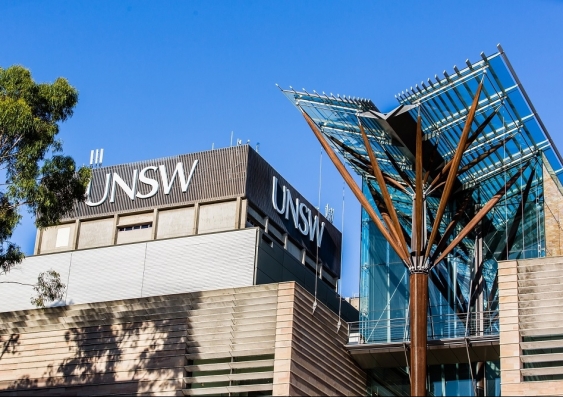UNSW academics abound on list of world’s most influential researchers
With 30 academics included on the 2019 list of Highly Cited Researchers, UNSW rises to second among Go8 universities.
With 30 academics included on the 2019 list of Highly Cited Researchers, UNSW rises to second among Go8 universities.

A total of 30 UNSW Sydney academics have featured on the 2019 Clarivate Analytics list of Highly Cited Researchers, marking a 50% increase over last year.
The prestigious list is compiled annually and recognises world class researchers selected for their exceptional research performance based on the number of citations for papers published over a decade, in 21 fields of the sciences and social sciences, and a further cross disciplinary category.
This year’s list features more than 6,000 researchers whose citation records position them in the top 1% by citations in their field. With 30 researchers on the 2019 list, UNSW ranks second among Group of Eight universities. UNSW has experienced a meteoric rise in the number of researchers on the list with a tenfold increase since 2016 when the university ranked seventh among Go8 with just three academics included.
The 30 UNSW researchers included on the list are: Professor Mattheos Santamouris, UNSW Built Environment; Associate Professor Anita Ho-Baillie, Professor Cyrille Boyer, Associate Professor Da-Wei Wang, Dr Derrick Wing Kwan Ng, Professor Joe Dong, Professor Kourosh Kalantar-zadeh, Professor Martin A Green, Associate Professor Thomas Wiedmann, UNSW Engineering; Professor Bruce Neal, Professor Helen Christensen, Professor John Chalmers, Professor John S Mattick,��Professor Mark Woodward, Dr Simon Rosenbaum, Professor Stuart G Tangye, Professor Vlado Perkovic, Professor Louisa Degenhardt, Professor Philip B Ward, UNSW Medicine;��Professor Richard A Bryant,��Professor Marcel E Dinger,��Professor David I Warton, Professor Lain-Jong Lance Li, Professor Matthew H England, Professor Stephen Joseph, Professor Tom Wu, Associate Professor William K Cornwell, Professor Ying-Ping Wang, Professor Shinichi Nakagawa, UNSW Science; and Associate Professor Andrey E Miroshnichenko, UNSW Canberra.
UNSW Deputy Vice-Chancellor, Research, Professor Nicholas Fisk congratulated the top UNSW researchers on making the prestigious list.
“This meteoric rise in UNSW academics on the prestigious Highly Cited Researchers (HCR) list is unprecedented among Australian universities.�� Our numbers have risen tenfold in four years, which is a real tribute to UNSW’s 2025 Strategy delivering excellence across several fronts,” Professor Fisk said.
“While encouraging to see healthy numbers of SHARP hires and conjoint staff from affiliated MRIs in there, it is most inspiring��to see that a clear majority of those now listed are existing UNSW researchers where the sheer quality and impact of their research has blossomed to publish on a much higher plane and attract huge numbers of citations from around the world.”��
Clarivate Analytics notes that Australian research institutes continue to impress. The number of researchers recognized as Highly Cited has more than tripled in six years, from 80 in 2014 to 271 in 2019, among those selected in one or more of the 21 fields. Australian research institutions appear to have recruited a significant number of Highly Cited Researchers since 2014 while also increasing their number of homegrown Highly Cited Researchers.
David Pendlebury, Senior Citation Analyst at the Institute for Scientific Information said: “Recognition and support of these exceptional researchers represents an important activity for a nation or an institution’s plans for efficient and accelerated advancement. The Highly Cited Researchers list contributes to the identification of that small fraction of the researcher population that significantly extends the frontiers of knowledge. These researchers create gains for society, innovation and knowledge that make the world healthier, richer, more sustainable and more secure.”